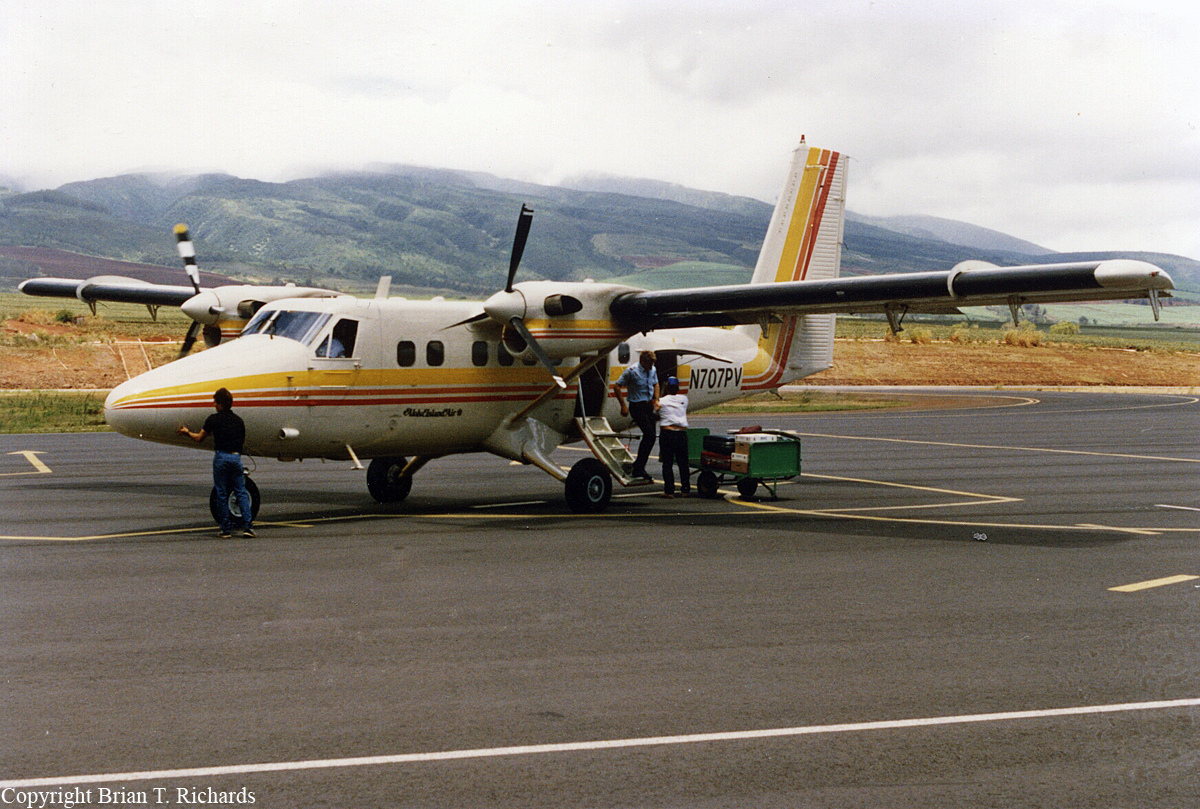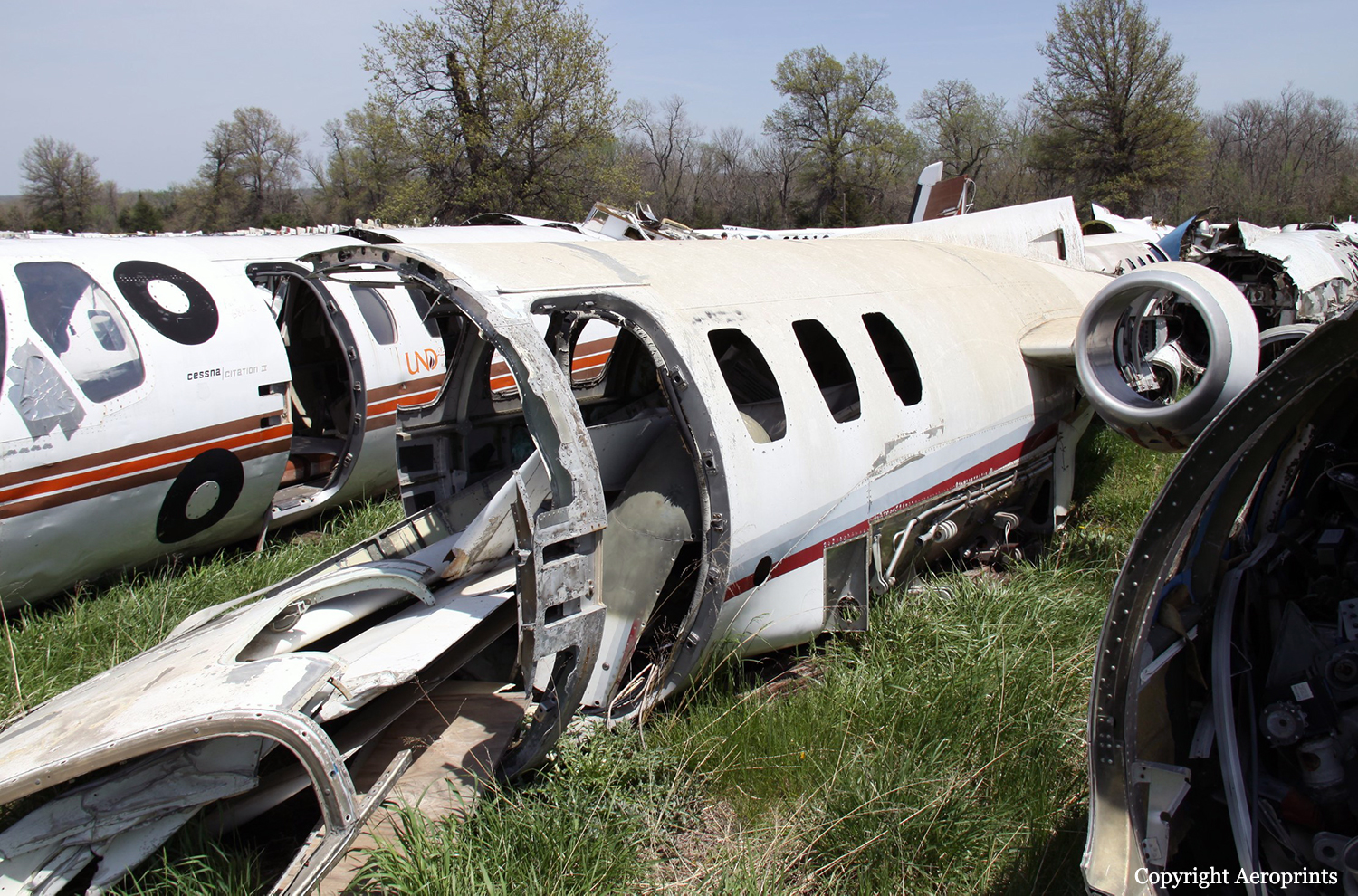Crash of a Beechcraft C90 King Air in Gadsden: 2 killed
Date & Time:
Nov 5, 1989 at 1138 LT
Registration:
N3804F
Survivors:
No
Schedule:
Gadsden - Greer
MSN:
LJ-947
YOM:
1981
Crew on board:
2
Crew fatalities:
Pax on board:
0
Pax fatalities:
Other fatalities:
Total fatalities:
2
Aircraft flight hours:
3449
Circumstances:
A Beech C90 (N3804F) and a Cessna 172 (N52244) collided at an altitude of about 200 to 300 feet agl as the two aircraft were taking off on intersecting runways at an uncontrolled airport. The Beech pilots were departing from runway 06 with an IFR flight plan, while the Cessna pilots were in the pattern on an instructional flight, performing a touch and go. Two ATP pilots were in the Beech; an instructor pilot (cfi) and a low-time student were in the Cessna. Based on witness information, the Cessna crew made at least one radio call on unicom while in the pattern before landing, and another call while taking off. The Beech crew reportedly made a radio call as the takeoff roll was begun. Neither flight crew appeared to take any evasive action until just before impact. The Beech pilots had received a flight plan clearance on another frequency shortly before taking off. Both pilots in the Beech were killed.
Probable cause:
Failure of the pilots of both aircraft to maintain adequate visual lookout to see-and-avoid the other aircraft.
Final Report:




